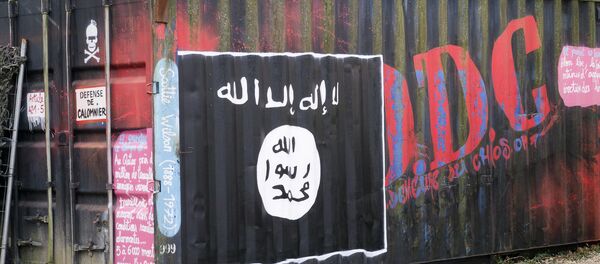Ahead of the next month's OPEC meeting in Vienna, international oil speculators are betting that the crude cartel will fail to reach consensus on raising prices. Hedge funds have cut their net-long oil positions by 17% in the second week of November, even though increases in petrol and diesel processing in the US have provided some support to crude prices.
Generally, hedge funds are expecting the oil glut to continue into 2016 and most of 2017 unless a robust economic acceleration happens in big energy-importing economies like mainland China and Japan.
The greatest risk to oil prices, however, stems from Saudi Arabia. The nations' fiscal exposure to crude prices has already impaired its finance over the past 12 months, and as the oil glut lingers, the Saudi's fiscal dysfunction is getting worse. The nation's currency, the riyal, is currently pegged to the US dollar at 3.75 SAR per 1 USD.
Recently, speculators' contracts on the riyal's possible devaluation during the next 12 months have reached their 13-year peak. The Saudi currency is expected to weaken by 1.5% to 3.8088 per 1 dollar: one-year forward contracts on that event rose 120 points to 575 in Riyadh. If that happens, it would be the first riyal devaluation in 30 years.
However, US analysts suggest it would be easier for Saudi Arabia to implement oil supply cuts in order to support prices, as a full-scale devaluation bears multiple connected risks.
The Saudi government can also avoid the devaluation by decreasing governmental spending and state capital investment. Energy subsidies spurring domestic or even some international demand are also an option.
Meanwhile, Mexico, a nation receiving about one-third of its income from the oil and gas industry, is poised to benefit from the oil price slump for the second consecutive year due to its reasonable hedging strategy. That means Mexico is interested in an even greater decline in prices.
Mexico sells oil via a guaranteed financial deal involving the US banks like Goldman Sachs, Citigroup and JP Morgan Chase. That allowed Mexico to sell oil at about $75/bbl throughout 2015, when the actual price was $30 below that. Consequently, Mexico will receive some $6.8 bln plus fees for the current year above what it would have received had it not hedged against a drop in the oil price.
The Mexican government paid some $773 mln in 2014 to hedge the risk, and such a strategy has paid off so far. In 2015, Mexico hurried to hedge its oil trade in August instead of November as usual. That said, in 2016 Mexico will consciously increase oil extraction to depress the market price as deep as possible so that the hedge payoff would be greater.
Even though many advanced nations have increased oil consumption in November, the crude prices are still under huge pressure. OPEC statements have so far only confused the markets, but the once-powerful energy cartel is hardly able to affect prices. While OPEC oil exports still make up some 60% of the global petroleum trade, US domestic production and non-OPEC exports significantly impair the potential impact of the cartel's output decisions. That said, mainland China and Japan remain in focus on the demand-side being the economies most reliant on imported energy.



